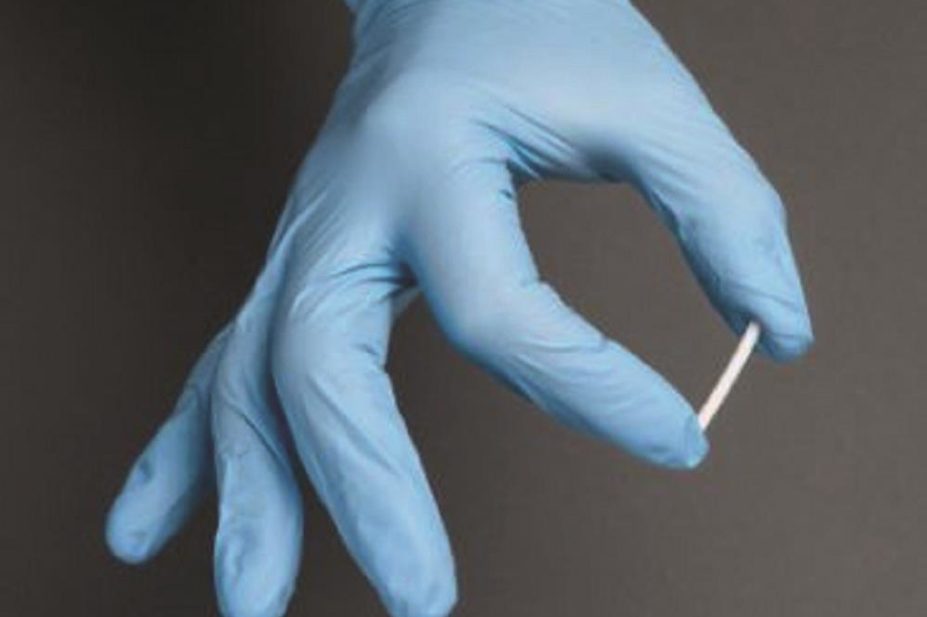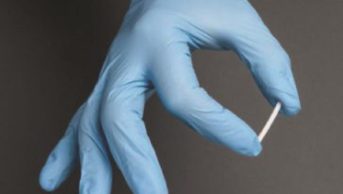
Braeburn Pharmaceuticals
The US Food and Drug Administration (FDA), which is responsible for evaluating the safety and efficacy of medicines in the United States, has approved the first buprenorphine implant for the maintenance treatment of opioid dependence in adults, a treatment that is being hailed as “a game changer”.
Probuphine, which is marketed by Titan Pharmaceuticals and Braeburn Pharmaceuticals, consists of four, one-inch-long rods that are implanted under the skin in the upper arm. The treatment has been approved for use in patients who are already stable on low-to-moderate doses of other forms of buprenorphine (8mg or less a day) as part of a complete treatment programme that includes counselling and psychosocial support.
Previous buprenorphine treatment for opioid dependence is approved only as a pill or film, which needs to be placed under the tongue or inside a person’s cheek until it dissolved, and therefore doses can be easily forgotten, lost or stolen. Taking the implant eliminates these risks because it provides a constant, low-level dose of buprenorphine for six months.
If further treatment is required after six months, the FDA says one additional course of Probuphine may be inserted in the patient’s opposite arm.
Only certified doctors trained through the Probuphine risk evaluation and mitigation strategy programme will be able to insert and remove the implants, which will come with a boxed warning that says its insertion and removal are associated with the risk of implant migration, protrusion, expulsion and nerve damage resulting from the procedure.
The implants contain a significant amount of drug that can potentially be expelled or removed, resulting in the potential for accidental exposure or intentional misuse and abuse if the implant comes out of the skin. As a result, the FDA recommends that patients are seen during the first week after insertion and at least once a month thereafter for continued counselling and support.

Source: Flickr / FDA / Wikimedia Commons
Commissioner of the FDA Robert Califf says we must do “everything we can” to develop new, effective treatment options for opioid addicts
Robert Califf, commissioner of the FDA, says: “Opioid abuse and addiction have taken a devastating toll on American families. We must do everything we can to make new, innovative treatment options available that can help patients regain control over their lives.”
Nora Volkow, director of the National Institute on Drug Abuse at the US National Institutes of Health, says in a blog that she expects Probuphine to “be a game-changer” in the fight against opioid use disorder. Adherence is a major challenge with all addiction medications, she explained.
“For the medication to be effective, the patient must take their prescription or show up at the clinic on a daily basis,” she says. “This can be challenging for anyone managing life’s responsibilities, especially in times of stress. Failing at this challenge can mean relapse, which can delay recovery.”
No submission for marketing authorisation has yet been made to the European Medicines Agency, but a spokesperson for Titan Pharmaceuticals says the company is making preparations for a submission and is also in discussions with potential EU commercial partners.
The FDA says that the safety and efficacy of Probuphine have been demonstrated in a randomised clinical trial which found that 63% of patients treated with Probuphine showed no evidence of illicit opioid use throughout the six months of treatment, similar to the 64% seen in patients using sublingual buprenorphine.
The most common side effects reported during the trial following treatment with Probuphine included implant-site pain, itching, and redness, as well as headache, depression, constipation, nausea, vomiting, back pain, toothache and oropharyngeal pain.


